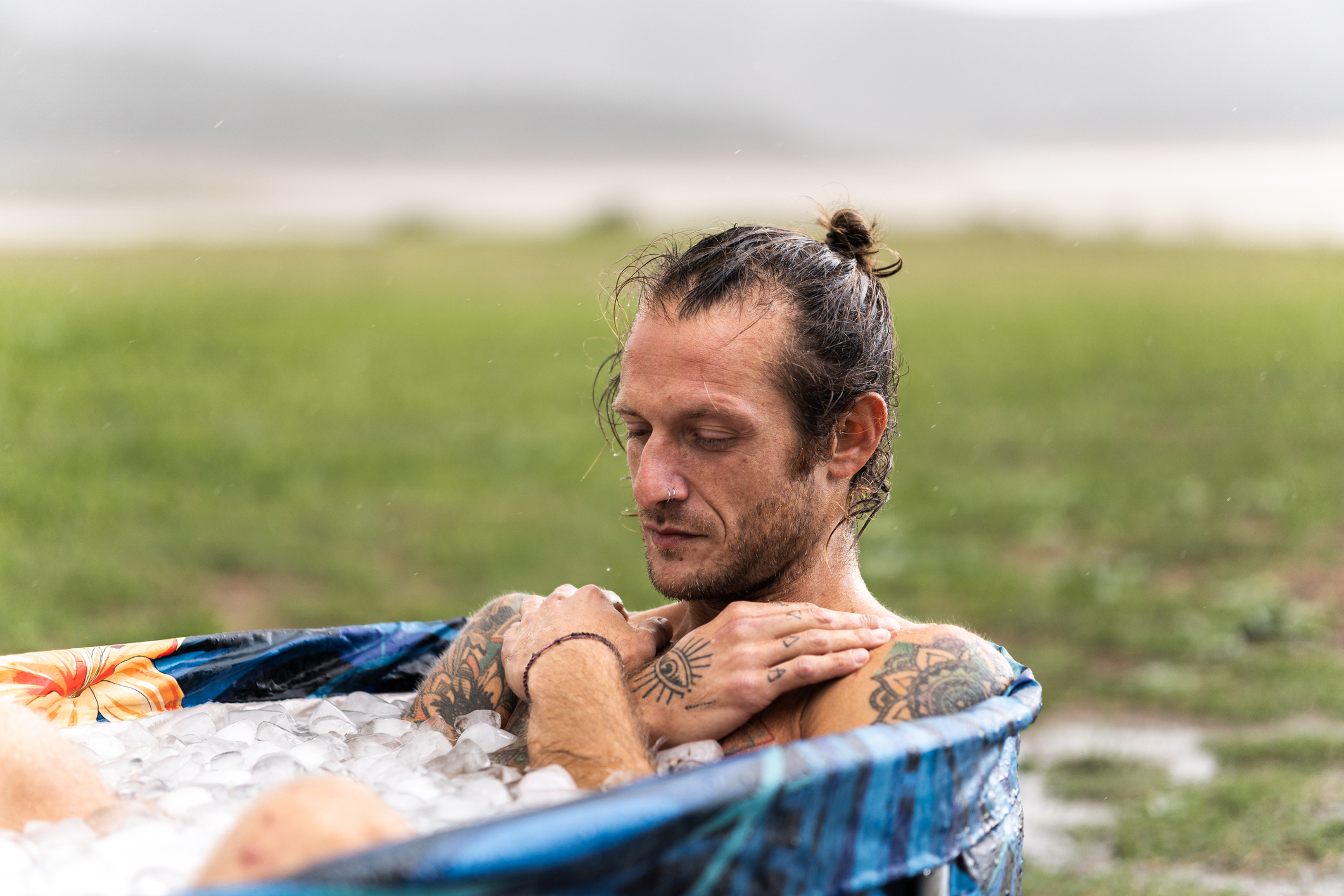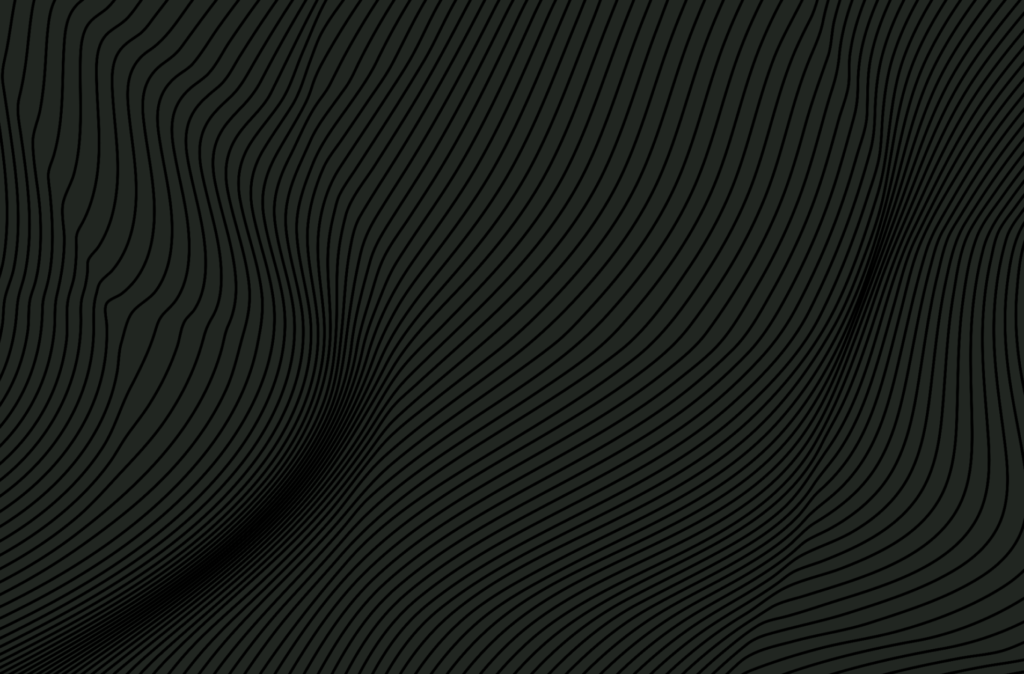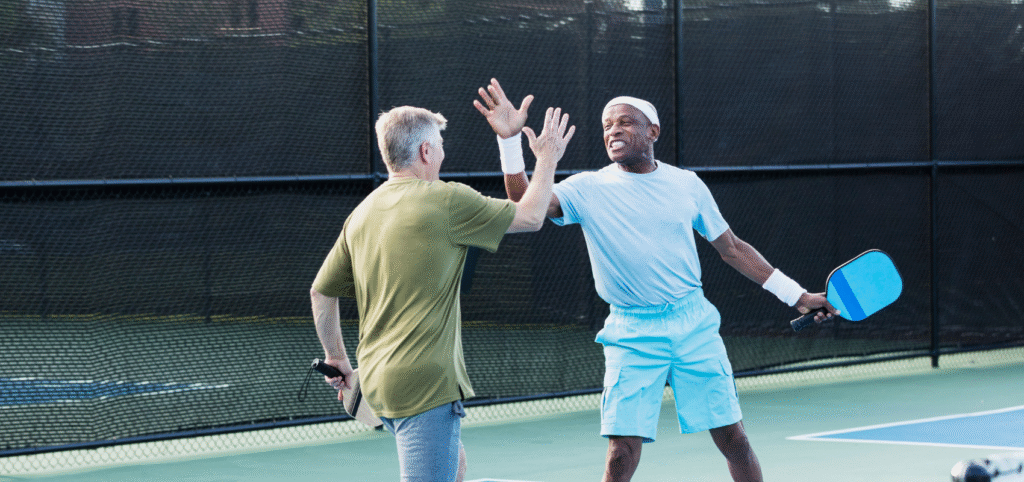The Good
Athletes today have a variety of cryotherapy options available to them. Cold water immersion (CWI) is the most studied cryotherapy application and the most commonly used modality for athletes at all competition levels in post-recovery regimens. CWI is thought to affect pain pathways through alpha and c-fibers, limit the inflammatory process and cell damage, expedite metabolite removal and improve energy metabolism. Utilizing CWI at 10°C (50°F) for 10 minutes demonstrated effective recovery at 72 hours. CWI has shown an ability to maintain aerobic metabolism by decreasing delayed onset muscle soreness (DOMS) and improving muscle oxygen saturation.
Prescription: Frequency, Duration and Intensity
CWI is beneficial for improving neuromuscular performance up to 24 hours, but does not extend past this period. CWI should include two exposures of 10°C (50°F) for five minutes each, and athletes should sit in ambient temperature for two minutes between exposures. Other studies have shown that the effectiveness of CWI is ideal when temperatures are between 11°C and 15°C (52-60°F) for 11 to 15 min to reduce DOMS and enhance recovery for athletes. The evidence for CWI appears to be strongest for whole-body endurance athletes, and the efficacy varies by sport. To mitigate the interference of CWI on specific strength and hypertrophy goals, many have shifted the use of CWI to four to six hours after exercise. There are only a few studies that have looked at the timing of CWI after exercise, and those found diminished but still beneficial outcomes with delayed CWI vs. immediate post-exercise CWI.
The Bad
Athletes and medical professionals should consider the following contraindications before utilizing CWI:
- Prior cold injury
- Claustrophobia
- Raynaud’s disease
- Hypothyroidism
- Cryoglobulinemia
- Cardiovascular disease (stage III or IV heart failure, CAD, unstable angina pectoris)
- Uncontrolled hypertension
- Sympathetic or sensory nervous system disorders
Injury risks for CWI include:
- Frostbite, cold water/exposure injury
- Asphyxiation
- Loss of consciousness
The Ugly
A 2015 study of 24 physically active men showed reduced strength and hypertrophy in the group that utilized CWI as an immediate post-exercise recovery tool. The group that performed low-impact active recovery had larger gains in strength and muscle hypertrophy at the end of 12 weeks. This has led many athletes, trainers and medical professionals to reconsider when and if they should use CWI.
In addition to this, others conclude that CWI will inhibit the natural healing process. CWI leads to vasoconstriction, which limits the body’s ability to mobilize a cellular response to micro injuries induced by exercise. Critics argue that using cryotherapy mutes this process and may lead to chronic injuries as the body is not allowed to progress through its desired healing progression. Proponents argue that pain and discomfort should instead be treated with alternate methods that do not impede this first stage of the healing process.
Summary
Overall, the body of research seems to support the use of CWI as a passive recovery tool. There are two options when enhancing recovery is the primary goal: two five-min periods at 10°C (50°F) with two minutes out of the bath at ambient temperature or single exposure for 11-15 minute duration between 11°C and 15°C (52-60°F). These two protocols have been studied to maximize recovery. Athletes and their medical team could utilize these protocols when facing back-to-back competitions during the season.
During off-season training when regimens look to achieve greater muscle strength and hypertrophy, athletes are suggested to delay the cold water exposure for four to six hours after exercise. This should minimize the potential negative consequences of CWI and still offer the benefits of decreased pain, soreness and recovery time. CWI exposure early in the morning, prior to exercise, would be ideal to trigger the release of dopamine, norepinephrine and epinephrine, enhancing overall health and well-being while minimizing the impact to desired strength training later in the day. Utilizing CWI later in the day could affect sleep cycles with the release of these potent neurotransmitters.
While there is evidence suggesting CWI’s potential to reduce inflammation, reduce cellular damage, improve recovery, and provide psychological benefits, it’s essential to approach this passive modality with caution and awareness. Individualization is key — what might work for one athlete may not work for another. As with any treatment strategy, consulting a health care professional or a sports medicine specialist is advisable, especially if you have pre-existing medical conditions or concerns. So, if you’re ready to take the icy plunge, do so mindfully, and tailor its use to your specific goals.
Related CEC Courses:
Exercise and Metabolic Modulation (1 CEC)
To Endure is Everything: New Discoveries in the Science of Endurance Exercise (1 CEC)

LTC Michael-Flynn L. Cullen, MD, is a board-certified physiatrist and sports medicine physician currently serving as the primary care physician for Headquarters Battalion I Corps at Joint Base Lewis-McChord in Tacoma, WA. He completed his residency at Walter Reed National Military Medical Center and his fellowship at the University of California, Davis.
Brian A. Davis, MD, FACSM, is a board-certified physiatrist and sports medicine physician currently serving with the Intermountain Healthcare system in Las Vegas, NV. He is a clinical professor with the Department of PM&R with UC Davis and the Department of Family and Community Medicine in the UNLV School of Medicine.




